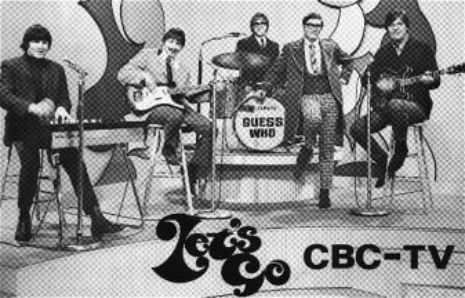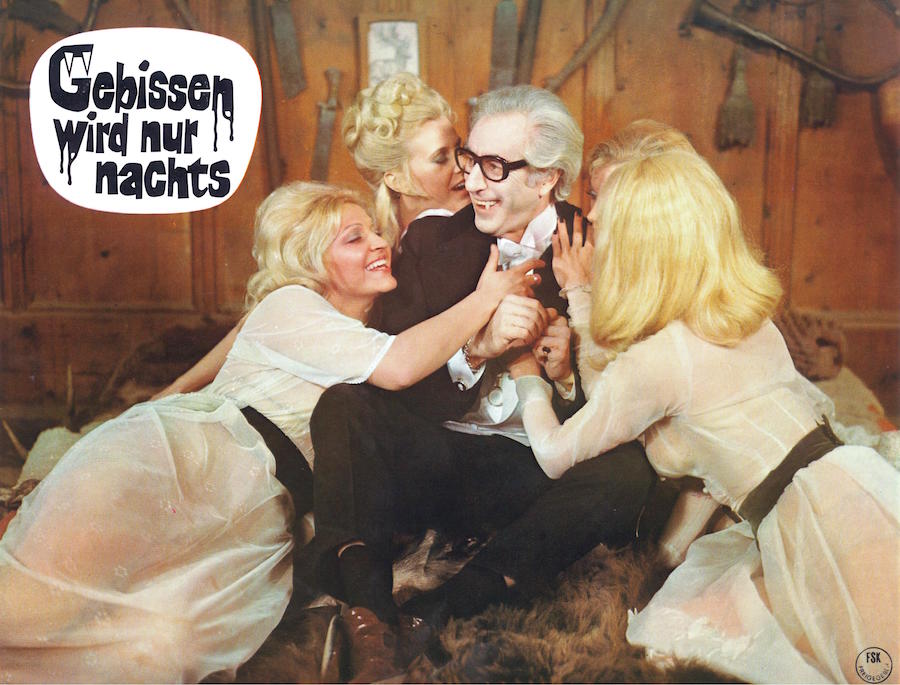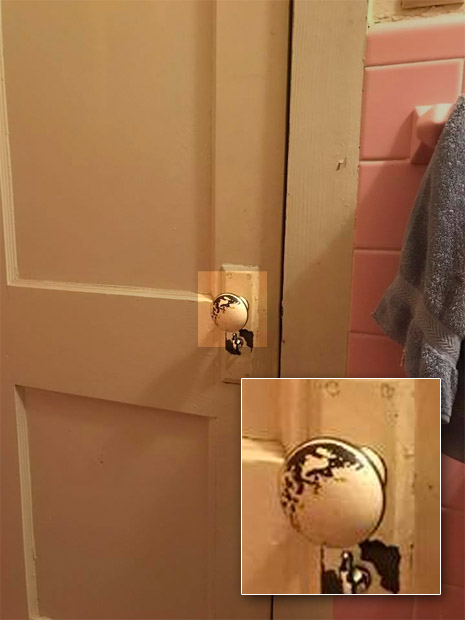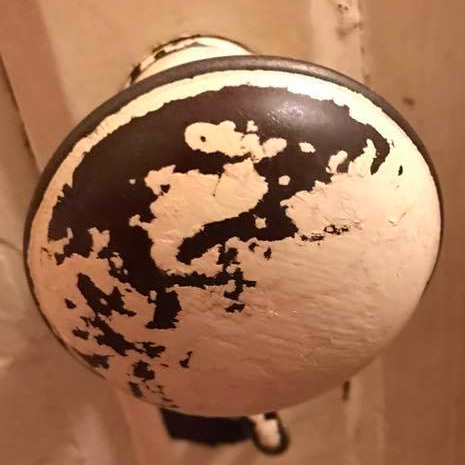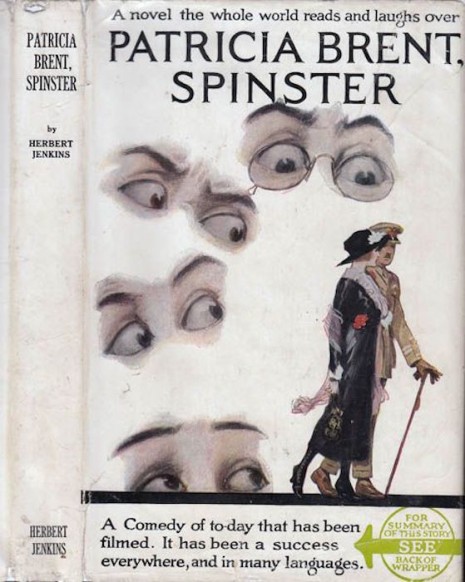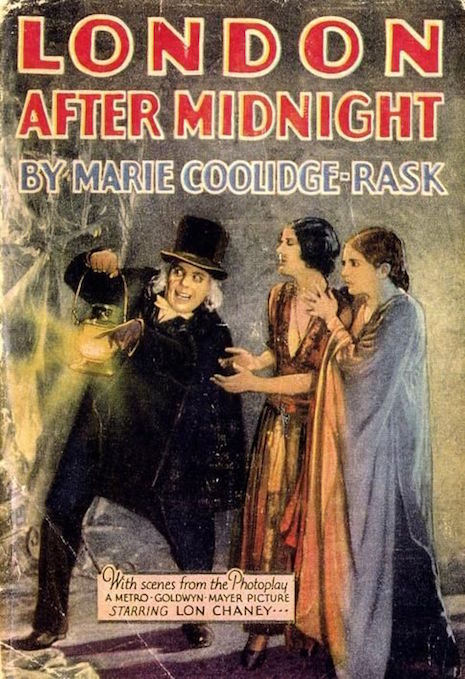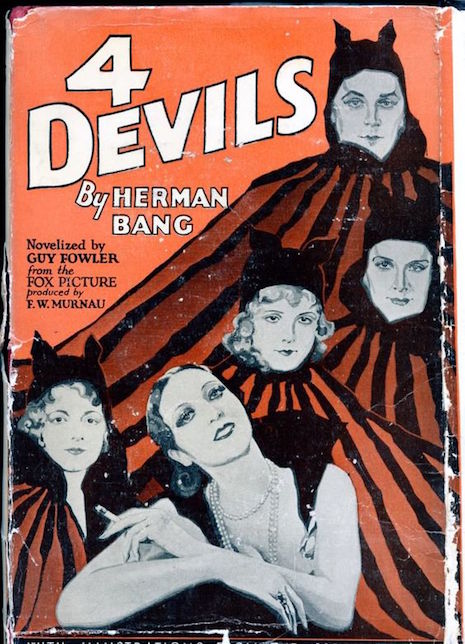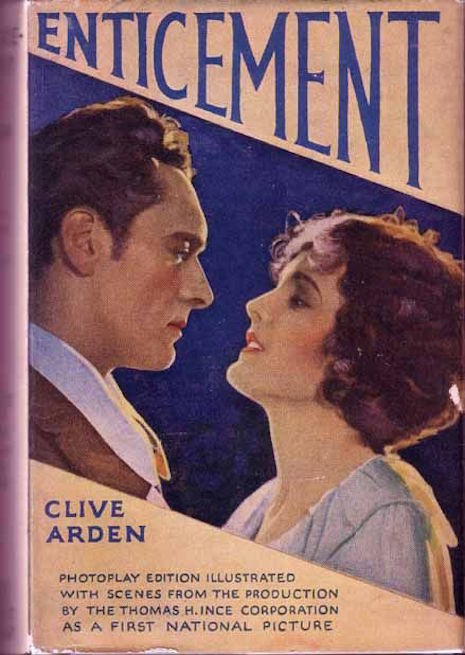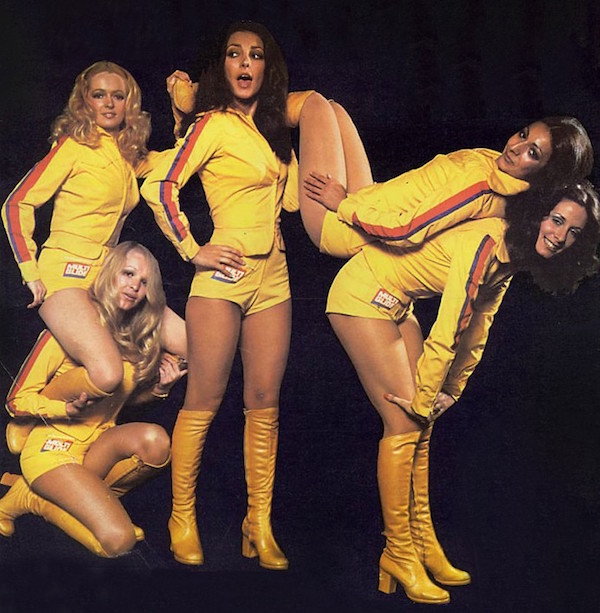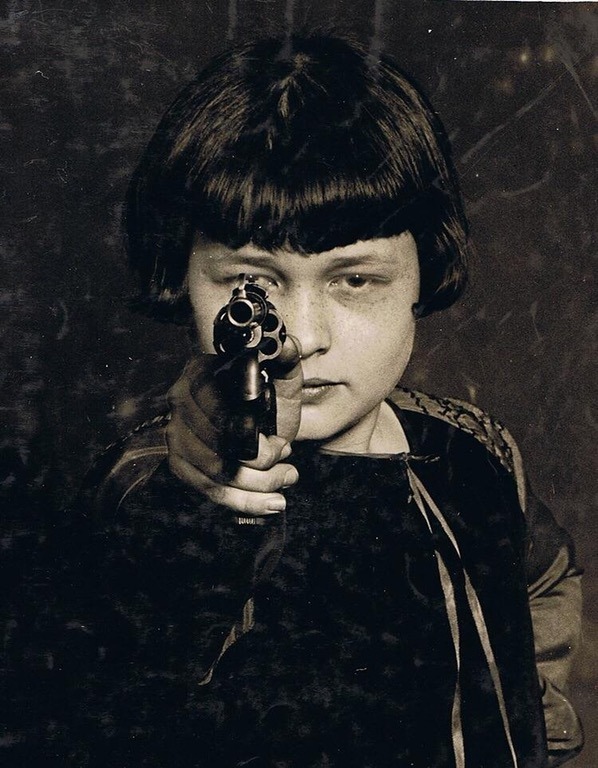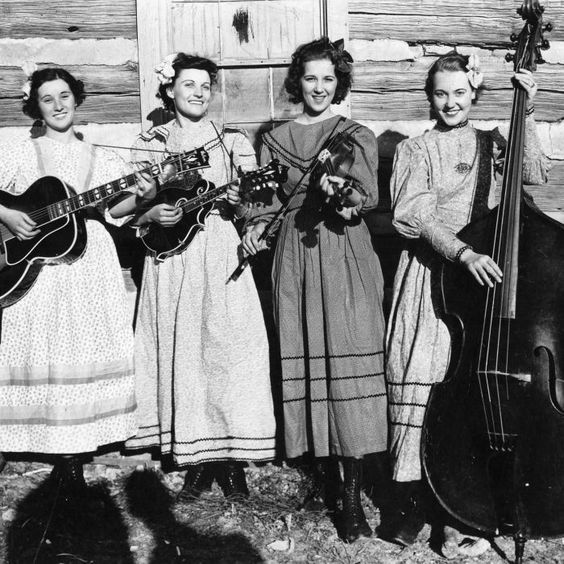
Since their emergence as college radio and critical faves in the late ‘80s, Yo La Tengo have been among the most revered and influential standard-bearers of American independent rock music. Though they’ve they’ve been regularly releasing music of consistently high quality since 1989’s President Yo La Tengo, they’ve never transcended cult status, but their role seems to suit them, and they’ve availed themselves fully of the creative freedom that comes with relative obscurity.
Their new album, There’s A Riot Going On, is due for release in mid-March, but we’re sharing four of its songs for your enjoyment today. The album is a departure for the band in method and in style. The album is longtime bassist James McNew’s first recording credit outside the self-recorded solo work he’s released under the band name “Dump.” He recorded the band bit by bit in their rehearsal studio, with no music written in advance, combining improvisations with unused ideas, sometimes going years between tracking sessions on some of the songs. Though YLT are most readily associated with noisy back-to-basics indie rock, Riot flows dreamily, like a post-rock or shoegaze album, recalling the hazy and elemental passages that cropped up much on 1997’s wonderful I Can Hear the Heart Beating As One.
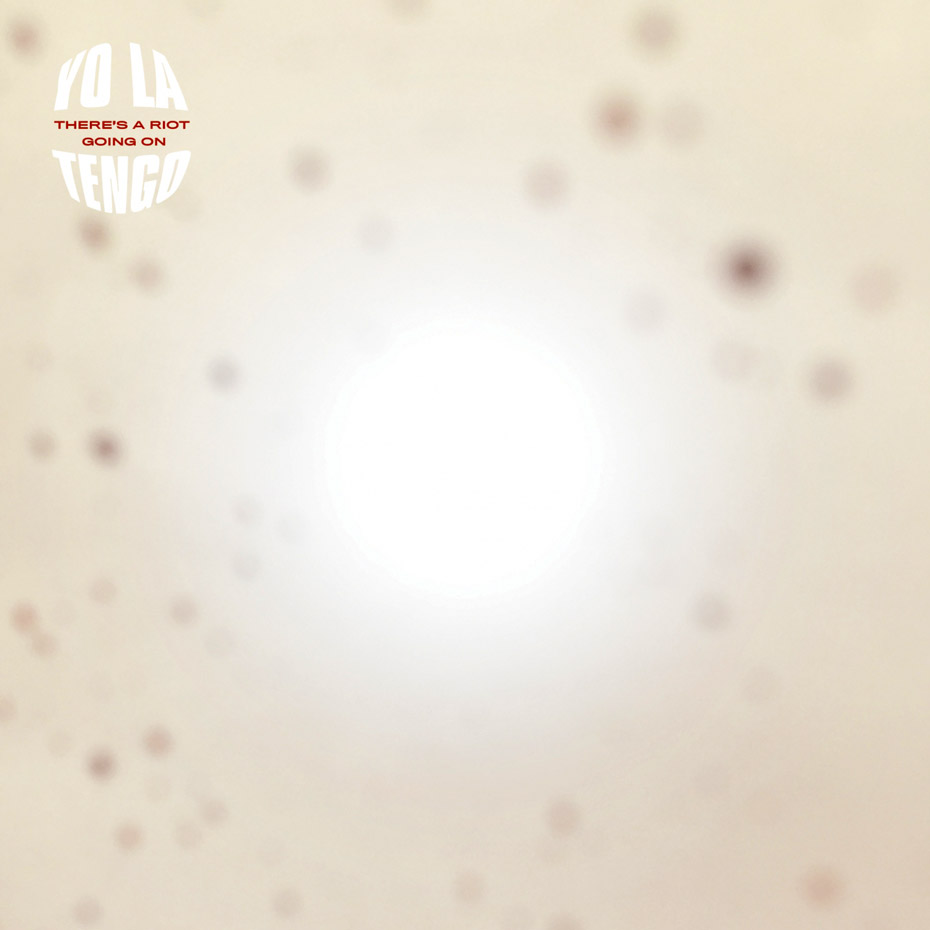
The process sounds like the painstaking collaging Mark Hollis and Tim Freise-Greene did to make Talk Talk’s Laughing Stock, and There’s A Riot Going On is as uncannily coherent as that experimental masterpiece. That could be due to the final mix by John McEntire (My Dad Is Dead, Bastro, Tortoise, Gastr Del Sol, Red Krayola…) The band has never played any of these songs live, and are currently working out how to do so before their tour begins at the end of March.
Before we get to the music, we really need to address the title—obviously there’s a nod to Sly and the Family Stone’s difficult, cynical, and dejected (but still badass) 1971 LP There’s a Riot Goin’ On. If there’s a musical or lyrical connection intended, I am unable to detect it. The YLT press release offers this:
In 1971, when the nation appeared to be on the brink of violently coming apart, Sly and the Family Stone released There’s a Riot Goin’ On, an album of dark, brooding energy. Now, under similar circumstances, Yo La Tengo have issued a record with the same name but with a different force, an album that proposes an alternative to anger and despair.
Have a listen, after the jump…







